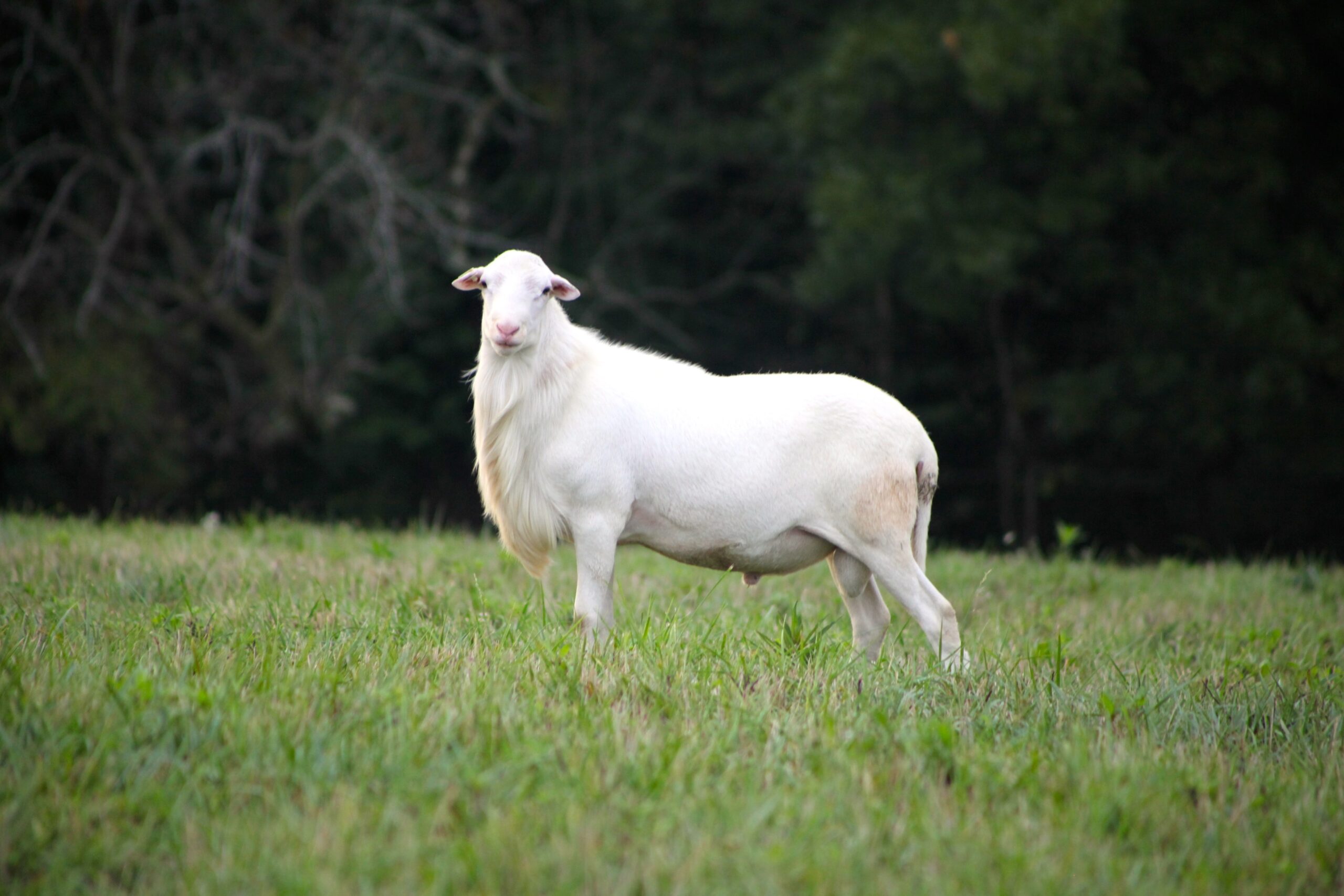St. Croix Hair Sheep possess many traits that are highly desirable to today’s shepherd.
Strong Immune System and Parasite Resistance
Many research studies have repeatedly shown that St. Croix have remarkable parasite resistance and excellent lamb production traits. Dr. Scott Bowdridge at West Virginia University has conducted extensive research to better understand the unique immune response that St. Croix sheep use to fight parasite infections, and he refers to the breed as “the model of parasite resistance.” His research has also shown that parasite resistance is actually just one function of a robust immune system (Bowdridge video).
No Shearing and No Horns
St. Croix hair sheep have been bred for meat, not wool, so this is an “easy care” breed that requires no shearing. Because they do not possess wooly fibers, there is no need to dock tails, crutch in preparation for lambing, or deal with fly strike. St. Croix hair sheep are naturally polled with few individuals possessing scurs. No registered sheep have horns that pose increased risks to handlers, equipment, and each other.
Fertility, Prolificacy, and Fecundity
Ewes are usually ready to breed at around seven (7) months of age and with adequate nutrition they perform well in an accelerated lambing system. Rams are capable of breeding as early as four (4) months of age. They are prolific and breed throughout the year, making them valuable to the U.S. sheep industry. Most ewes are highly fertile, producing twins with every lambing. Triplets are not uncommon.
Mothering & Lamb Survivability
St. Croix ewes are excellent mothers with good milk production. They rarely need assistance with lambing. Most can easily raise triplets without assistance, leading to high lamb survivability.
Temperament
These sheep tend to be docile yet active with a good flocking instinct. Herding dog trainers find them particularly valuable. Rams are easy to manage and rarely aggressive.
Adaptable
St. Croix hair sheep are tolerant of both heat and cold, performing well in a wide range of environmental conditions. They can survive and even thrive on forage that is less than ideal because they tend to be non-selective grazers.
Excellent Carcass Traits & Feed Efficiency
These sheep have a higher meat-to-bone ratio than some other sheep. Their meat is fine-grained, low-fat, and mild in flavor. Research in 2002 at Utah State University (Bunch, et. al) demonstrated that while St. Croix lambs had lower weights, they had the highest feed efficiency and quality grade when compared to several other breeds. The same study also found that participants rated St. Croix meat as highest in overall sensory acceptance. Because the ewes average 120 lbs, they require fewer inputs to maintain than larger breeds, making them an economical investment especially when their lambing and weaning percentages are considered.
Heritage Breed
The St. Croix Hair Sheep breed is classified as Watch by the Livestock Conservancy. Heritage breeds possess unique genetics that are important for the future of livestock, agriculture, and our food system. Those who choose these sheep are actively participating in efforts to conserve these valuable resources and are eligible to apply for microgrants through the Livestock Conservancy.

